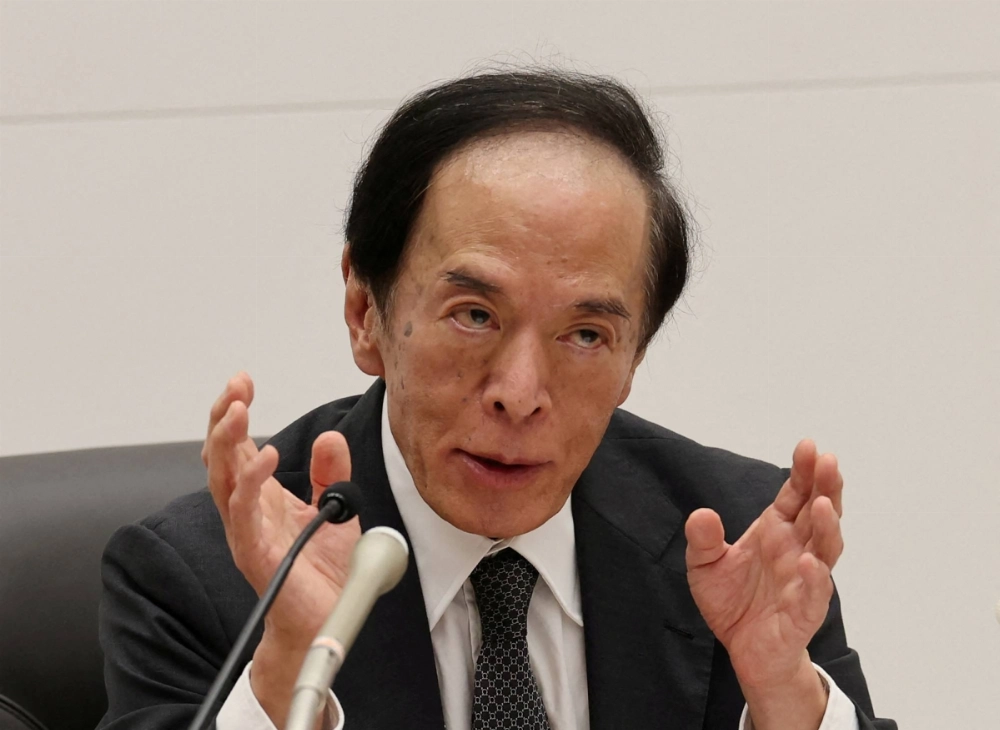The Bank of Japan raised interest rates on Friday to their highest levels since the 2008 financial crisis, continuing a difficult march away from free money as the economy shows signs of recovery and inflation readings come in above target.
At a two-day policy meeting that ended Friday, the central bank voted to raise its short-term policy rate to 0.5% from 0.25%, in line with the consensus estimates of analysts and economists. The move is also in line with reports in the local press on Thursday evening, suggesting that the central bank continues to leak its rate decisions ahead of formal announcements.
The 25-basis-point move marks the first rate increase since July and takes rates to their highest level in 17 years.


















With your current subscription plan you can comment on stories. However, before writing your first comment, please create a display name in the Profile section of your subscriber account page.